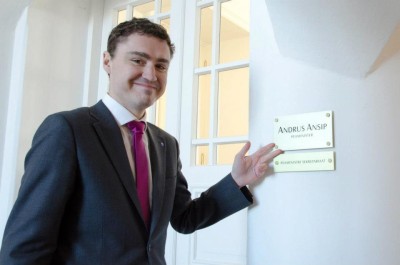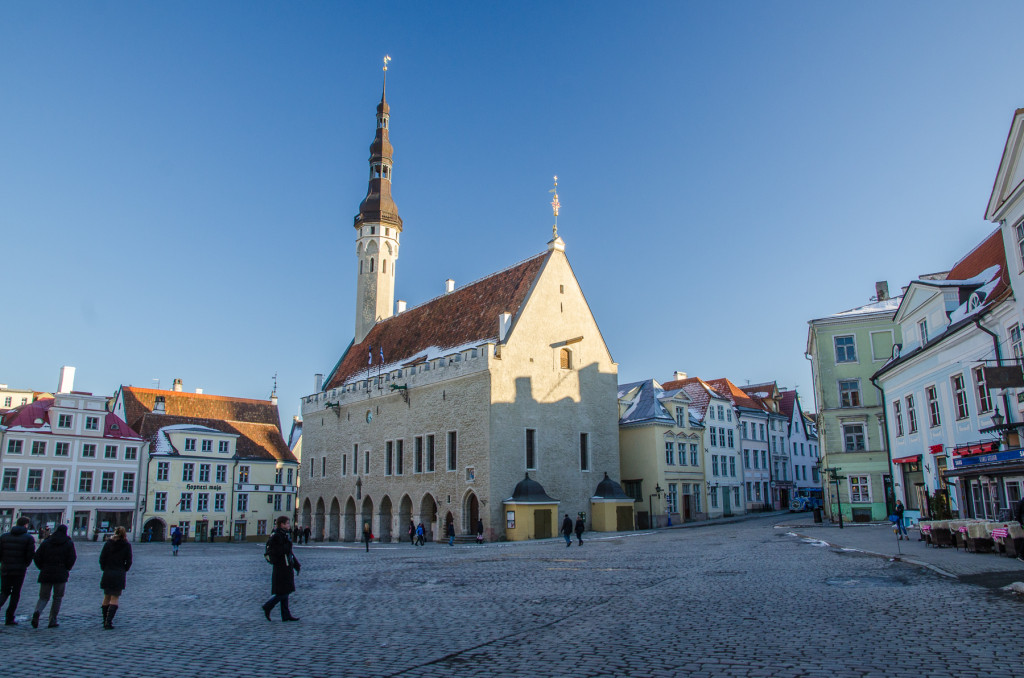The Western and pro-European Reform Party reached 30 out of total 101 seats and re-affirmed its position as the strongest political force in the parliament. Social Democrats, the current coalition partner of the Reform Party, gained 15 seats. Both ruling parties suffered minor losses in the number of seats compared to the year 2011. Centre Party, the opposition leader, won 27 seats, which means an improvement by one mandate, and is the second strongest party. However, it is likely to end in the opposition again as none of the established parties is keen on cooperating with it. A three-party coalition seems inevitable.
The pre-election campaign was marked by intense fight between Reform Party and Centre Party, both being ALDE members. Amidst the fears of Russian Aggression in Ukraine, security issues were on the top of campaign agenda along with social issues.
The classical liberal Reform Party won elections in most of the districts – 8 out of 11. The Reform Party lost to a more populist Central Party only in Ida-Viru County in North-East Estonia with its large Russian-speaking population. Edgar Savisaar, the chairman of the Centre Party and Mayor of Tallinn, was heavily criticized for maintaining close contacts with Moscow. Yet he reached the historically highest number of votes: 25 055.

Taavi Rõivas is an Estonian Reform Party politician, Prime Minister of Estonia since 26 March 2014 and leader of the Reform Party since 6 April 2014. He’s also a member of 4liberty.eu Network.
Reform Party was led by Taavi Rõivas, who being 35 years old is the youngest Prime Minister in Europe. His designation as Prime Minister and new party chairman came as a surprise in March 2014. Back then, Andrus Ansip resigned after 8 years in the office and was later appointed the Vice-President of the European Commission. Despite his young age, Taavi Rõivas soon became very popular and reached the second best result in the elections with 15 877 votes.
The new parliament now consists of six political parties. Loosing 9 seats, the conservative Pro Patria and Res Publica Union suffered the biggest loss in support. In contrast, two new parties managed to jump over the five-percent hurdle: The national conservative and liberal “Free Party” (EVA) won eight seats, and the populist and Euro-skeptic “Conservative People’s Party” (Ekre) gained seven mandates.
The turnout was 64,2% which is a slight increase by 0,7% compared to 2011. This election marked a new record of 19,6% votes given over the internet in form of e-votes. E-voting was introduced in 2005 and in 2011 the proportion of e-votes was 15,4%.
It is expected that Rõivas will be assigned by President Toomas Hendrik Ilves again to form a government. Two coalition models are probable: The Reform Party forms a coalition with Social Democrats and conservative alliance IRL. The other scenario is a coalition formed by the Reform Party, the IRL and one of the newcomers, Free Party – founded only in September 2014.
The coalition negotiations are likely to be more difficult for Reform Party than in the past. Social Democrats and Reform Party have been governing Estonia together since March 2014 and were already disputing over tax policy and other social issues. With the Conservatives, the conflict looms in family policy and in the treatment of social minorities. Unlike the Conservatives, Rõivas has been supporting same-sex partnerships.
On a more personal note, the election results in Estonia are a success story for 4liberty.eu and Friedrich Naumann Foundation for Freedom, as Taavi Rõivas has been a member of 4liberty.eu Network prior to becoming Prime Minister.



